Pharmaceutical Substances
Pharmaceutical Substances
Your Knowledge Base for API Syntheses, Patents and Applications
Gain an exclusive Insight into Pharmaceutical Substances
Watch our introductory video and try it out yourself!
Pharmaceutical Substances is an online tool that presents the chemical structure and detailed synthetic route, including starting materials and intermediates, to all significant APIs. All information is extracted from patent literature compiled by experienced experts. Pharmaceutical Substances is an important knowledge base for teaching, but also for researchers and process chemists in medicinal and pharmaceutical chemistry.
Watch our introductory video on YouTube: Exclusive insights into Pharmaceutical Substances
Try it out yourself! You can follow along with the presented examples in the video without logging in. Just visit us at https://ps.thieme.com
Advantages of Pharmaceutical Substances (PS)
PS is a structure-searchable resource, which is compiled by medicinal chemists with many years of experience in the pharmaceutical industry.
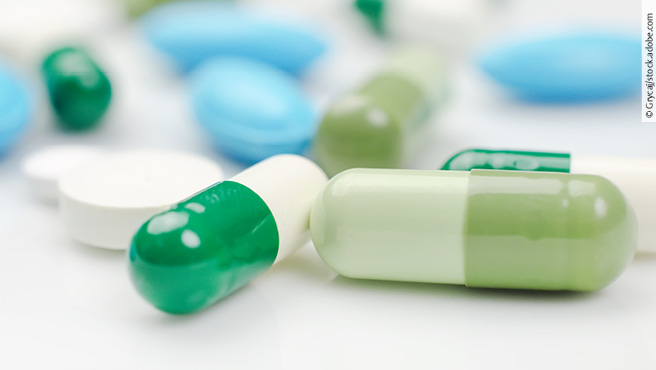
PS is the Most Authorative Source for:
- Researchers and process chemists
- Teaching in the field of medicinal and pharmaceutical chemistry
- Everyone involved in design, discovery, development, evaluation, and marketing of drugs
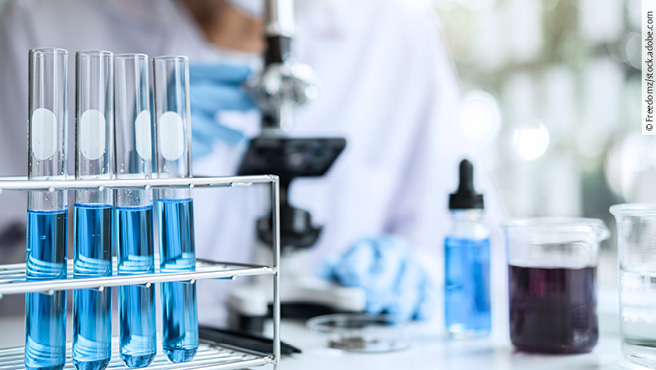
Essential Source of Information for Drug Research
- Full synthetic route for the industrial manufacture of each drug elucidated from the patent literature
- Unique source of reactions used on an industrial scale
- Overview of the pharmaceutical industry from a synthetic chemist’s perspective
- Insights into a therapeutic area and chemically related substances
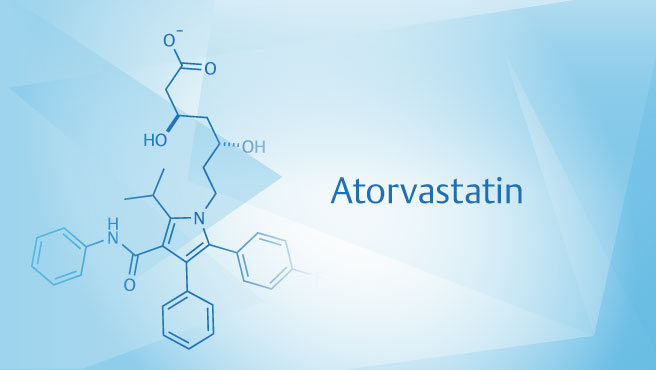
Market Information for Business Development
- Source of markets for synthesis intermediates, ingredients and enzymes
- Patent information
- Comprehensive coverage of older APIs and substances approved worldwide
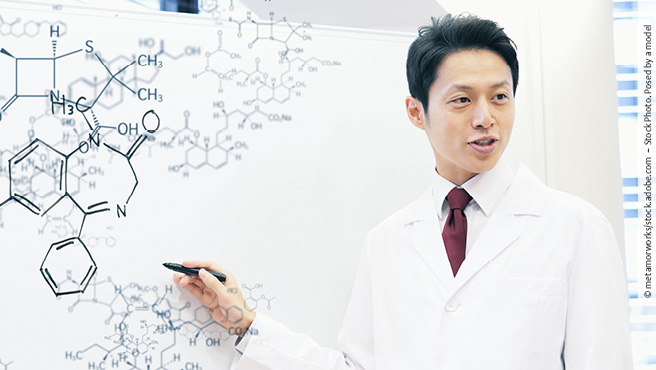
Important Knowledge Base for Teaching
- Capability to search for marketed drugs relating to a structure or reaction
- A rapid overview of a therapeutic area or chemically related substances
- Industrial synthetic routes discerned from complex patent descriptions
- Insights into industrial processes
- Commercial information such as trade names and vendors/manufacturers for six world markets
- Concise records ideal for hand-outs and quick reference
Content of Pharmaceutical Substances (PS)
Pharmaceutical Substances presents the chemical structure and synthetic route, including intermediates, to all significant APIs. It covers detailed information about each drug.
Factual data
- International Nonproprietary Names (INN)
- Trivial names and synonyms
- Chemical name (IUPAC chemical substance naming convention)
- Anatomical Therapeutic Chemical (ATC) Codes
- CAS numbers
- Molecular formula and weight
- Major uses and medical applications
- Patent number, origin, holder and date of application
- Commercial information
Intermediates
- Key intermediates in the synthetic pathways are listed by name, molecular formula and CAS number to allow efficient searching for sources of supply.
- Synthetic route(s) used for industrial large-scale production
- Great care is taken by the authors to ascertain the synthetic route(s) used for industrial large-scale production of the drugs listed. A detailed description of the preparation of each substance is provided, including the synthesis of intermediates. In many cases, different synthetic routes are described, especially for the most economically important drugs.
Trade names and vendors
- For the six most important markets, trade names and the names of companies that produce and market the product are given. Years of introduction are added in those cases where they differ from the date the original patent was granted. If a product has been withdrawn from the market, this information is also included.
Formulations
- The most important pharmaceutical dosage forms are provided to enable the user to assess the order of magnitude a compound is needed in, thus helping to estimate its commercial value.
Substance classes
- The key structural units in each API are identified and links are provided to other APIs containing this unit.
Enzyme classes
- If enzymes, microorganisms, or plant or animal tissues are involved in a synthesis, they are also listed and are linked to other syntheses in which they are involved.
Recommended by Leading Chemists
Read the testimonials of leading chemists and find out why Pharmaceutical Substances, the structure-searchable resource, is an ideal tool for researchers, process chemists and for teaching in the field of medicinal and pharmaceutical chemistry.
“Pharmaceutical Substances“ has long been one of my favorite books on chemical synthesis. In the meantime it has become my preferred online tool for researching technical approaches to pharmaceuticals. The beauty of this reference guide is multifold: (a) it covers real process chemistry and all reactions work on scale, (b) it is essentially comprehensive, covering all commercial routes to small molecule drugs, (c) it is constantly updated by real experts in the area, and (d) most importantly, it is structure searchable, which is extremely inspiring for method development.
“I love Kleemann/Engel [Pharmaceutical Substances] because it helps me prepare for classes, in particular on synthetic design. I don’t only cover natural products but also multistep drug syntheses in these courses. It’s also very useful for introductory classes in organic chemistry to illustrate, for instance, Friedel-Crafts reactions or Mannich reactions with concrete and important examples. Especially the premeds love it when I show an application in a drug synthesis.”
Licenses
- Pharmaceutical Substances is a structure and reaction searchable resource accessible via the Internet
- Available on an annual subscription basis and priced according to the number of users with access to the product
- License provides campus- or site-wide access to give unlimited availability 24/7
Are you a librarian, information manager, or head of division?
Request an institutional trial or an offer for your institution: esales@thieme.com
Are you a researcher or student?
Please recommend Pharmaceutical Substances to your institution’s librarian or information manager or get in touch with us and we can help you do this: esales@thieme.com
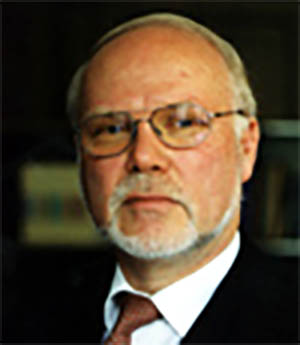
Prof. Dr. Dr. Jürgen Engel
Formerly Aeterna Zentaris / University of Regensburg, Germany
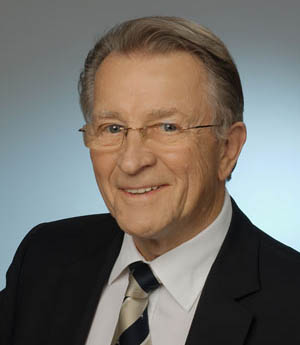
Prof. Dr. Axel Kleemann
Formerly ASTA Medica AG / Johann Wolfgang Goethe University Frankfurt am Main, Germany

Dr. Martin Bossart
Sanofi, Germany

Prof. Dr. Bernhard Kutscher
BK HC Consulting / TU Munich, Germany

Dr. Dietmar Reichert
Evonik, Germany
Pharmaceutical Substances in Brief
Pharmaceutical Substances is a one-stop source of information relating to the industrial synthesis and commercial applications of every licensed drug of significance. It provides ready access to syntheses, patents, and applications for more than 2,800 active pharmaceutical ingredients (APIs). The structure-searchable resource is an ideal tool for researchers, process chemists and for teaching in the field of medicinal and pharmaceutical chemistry. Essential for research in the pharmaceutical industry:
- Full synthetic route for the industrial manufacture of each drug elucidated from the patent literature
- Unique source of reactions that perform on an industrial scale
- Overview of the pharmaceutical industry from a synthetic chemist’s perspective
- Insights into a therapeutic area and chemically related substances
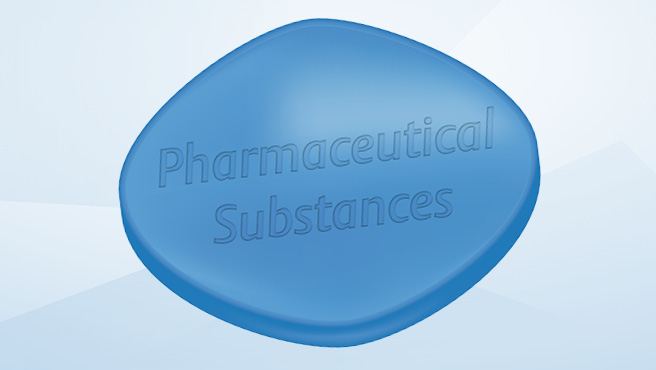
Contact
Write a message to our Pharmaceutical Substances team: ps-feedback@thieme-chemistry.com
